To try and over-simplify the description of a stack and a queue,
They are both dynamic chains of information elements that can be accessed from one end of the chain and the only real difference between them is the fact that:
when working with a stack
- you insert elements at one end of the chain and
- you retrieve and/or remove elements from the same end of the chain
while with a queue
- you insert elements at one end of the chain and
- you retrieve/remove them from the other end
NOTE:
I am using the abstract wording of retrieve/remove in this context because there are instances when you just retrieve the element from the chain or in a sense just read it or access its value, but there also instances when you remove the element from the chain and finally there are instances when you do both actions with the same call.
Also the word element is purposely used in order to abstract the imaginary chain as much as possible and decouple it from specific programming language
terms. This abstract information entity called element could be anything, from a pointer, a value, a string or characters, an object,... depending on the language.
In most cases, though it is actually either a value or a memory location (i.e. a pointer). And the rest are just hiding this fact behind the language jargon<
A queue can be helpful when the order of the elements is important and needs to be exactly the same as when the elements first came into your program. For instance when you process an audio stream or when you buffer network data. Or when you do any type of store and forward processing. In all of these cases you need the sequence of the elements to be output in the same order as they came into your program, otherwise the information may stop making sense. So, you could break your program in a part that reads data from some input, does some processing and writes them in a queue and a part that retrieves data from the queue processes them and stores them in another queue for further processing or transmitting the data.
A stack can be helpful when you need to temporarily store an element that is going to be used in the immediate step(s) of your program. For instance, programming languages usually use a stack structure to pass variables to functions. What they actually do is store (or push) the function arguments in the stack and then jump to the function where they remove and retrieve (or pop) the same number of elements from the stack. That way the size of the stack is dependent of the number of nested calls of functions. Additionally, after a function has been called and finished what it was doing, it leaves the stack in the exact same condition as before it has being called! That way any function can operate with the stack ignoring how other functions operate with it.
Lastly, you should know that there are other terms used out-there for the same of similar concepts. For instance a stack could be called a heap. There are also hybrid versions of these concepts, for instance a double-ended queue can behave at the same time as a stack and as a queue, because it can be accessed by both ends simultaneously. Additionally, the fact that a data structure is provided to you as a stack or as a queue it does not necessarily mean that it is implemented as such, there are instances in which a data structure can be implemented as anything and be provided as a specific data structure simply because it can be made to behave like such. In other words, if you provide a push and pop method to any data structure, they magically become stacks!



